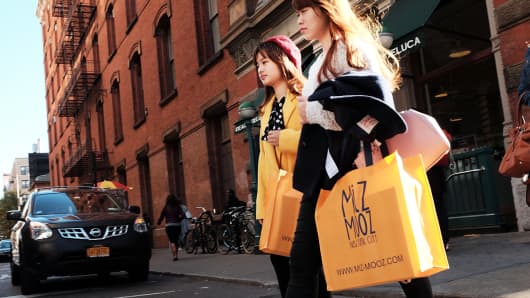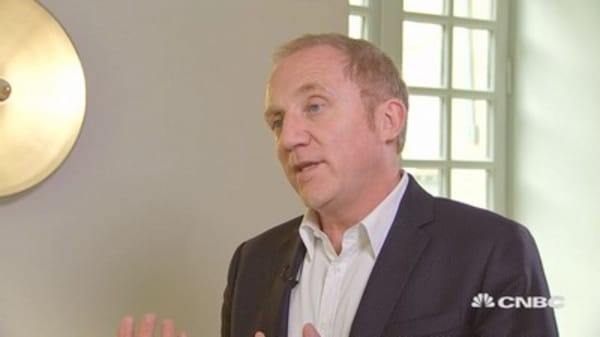Last weekend as my immediate family gathered from Melbourne, Nimbin (look it up), London and Los Angeles to celebrate my sister's 30th birthday, we threw around some fun facts about the age milestone she was set to surmount.
Did you know, for example, you have to go back as far as 1993 to find the last time 30 years old was the average age of marriage for a British woman (it's now 34.6) and all the way back to 1985 for a British man (now 37)?
Furthermore, can you guess the company whose chief executive officer (CEO) recently told me that 30 was the average age of his clientele? Not a household Silicon Valley brandname cranking out the latest tech product sensation but … Kering, the luxury goods titan which counts Gucci, Yves Saint Laurent and Balenciaga as among the iconic marques in its stable.
Note that I said "iconic" and not "classic" as these and other luxury brands have spotted a massive millennial-focused opportunity and are headed straight from the runway to take-off with it in a way which requires them to rethink their long-standing strategies.






